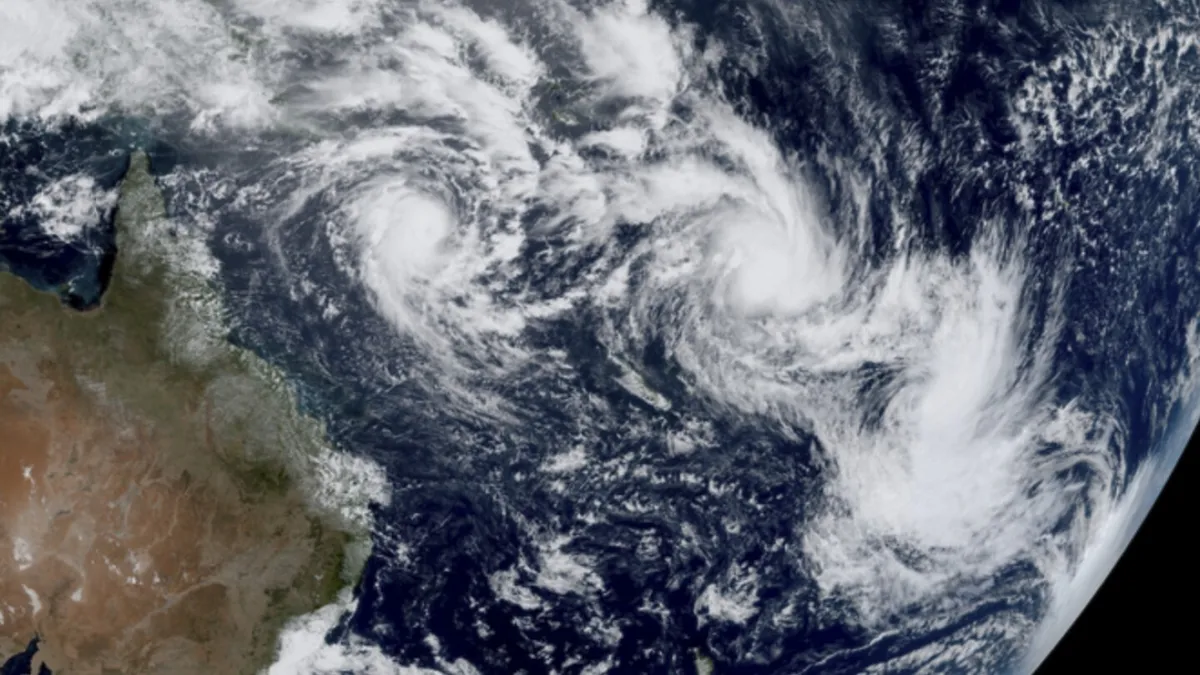
Climate change is already wreaking havoc on our planet, but recent findings suggest that its effects could extend far beyond Earth, potentially disrupting the delicate balance of our low Earth orbit. A groundbreaking study conducted by researchers at the Massachusetts Institute of Technology (MIT) has revealed that ongoing global warming, primarily driven by the combustion of fossil fuels such as coal, oil, and gas, may significantly reduce the available space for satellites in low Earth orbit. Projections indicate that by the end of this century, the usable orbital space could decrease by as much as one-third to 82%, depending on the level of carbon emissions released into the atmosphere.
The study, published in the journal Nature Sustainability, highlights a troubling relationship between climate change and the accumulation of space debris. As the greenhouse gases emitted from human activities warm the air near Earth's surface, they simultaneously cool the upper regions of the atmosphere where satellites operate. This cooling effect results in a less dense upper atmosphere, which reduces the drag force acting on millions of pieces of human-made debris. Normally, this atmospheric drag helps to pull space junk back to Earth, where it burns up upon re-entry. However, as the upper atmosphere becomes cooler and less dense, its ability to self-clean diminishes, leading to a more congested orbital environment.
According to Will Parker, the lead author of the study and an astrodynamics researcher at MIT, "We rely on the atmosphere to clean up our debris. There’s no other way to remove debris." The situation is dire, as there are currently millions of pieces of debris in orbit, with sizes starting from approximately one-ninth of an inch (3 millimeters) and larger—equivalent to the width of two stacked pennies. When these objects collide, they do so with the energy of a bullet. Additionally, there are tens of thousands of larger pieces, comparable in size to a plum, that strike with the force of a crashing bus, as reported by The Aerospace Corporation, an organization dedicated to monitoring orbital debris.
Currently, there are 11,905 satellites orbiting Earth, with 7,356 of them situated in low Earth orbit. These satellites play a crucial role in various sectors, including communications, navigation, weather forecasting, and monitoring both environmental and national security concerns. Parker notes that there was once a prevailing belief that space is vast and, therefore, we could afford to neglect our responsibilities as stewards of the orbital environment. However, the reality of space debris is starkly different.
The 2009 collision between two satellites serves as a stark reminder of the risks posed by space debris, as it resulted in the creation of thousands of new debris fragments. Recent measurements from NASA have shown a measurable reduction in atmospheric drag, prompting scientists to acknowledge the significant impact of climate change on orbital conditions. Ingrid Cnossen, a space weather scientist at the British Antarctic Survey, notes that the density at an altitude of 250 miles (400 kilometers) is decreasing by approximately 2% per decade. This trend is expected to worsen as greenhouse gas emissions continue to rise.
Cnossen emphasizes the need for scientists and policymakers to remain vigilant regarding the impacts of climate change on orbital debris. "The new study makes perfect sense," she stated, highlighting the importance of understanding these effects to implement appropriate measures for ensuring the long-term sustainability of our orbital environment.
As we continue to grapple with the ramifications of climate change on Earth, this new research serves as a critical reminder of its far-reaching consequences—extending even into the vastness of space.
___
Follow Seth Borenstein on X at @borenbears
Read more of AP’s climate coverage at AP News Climate Coverage